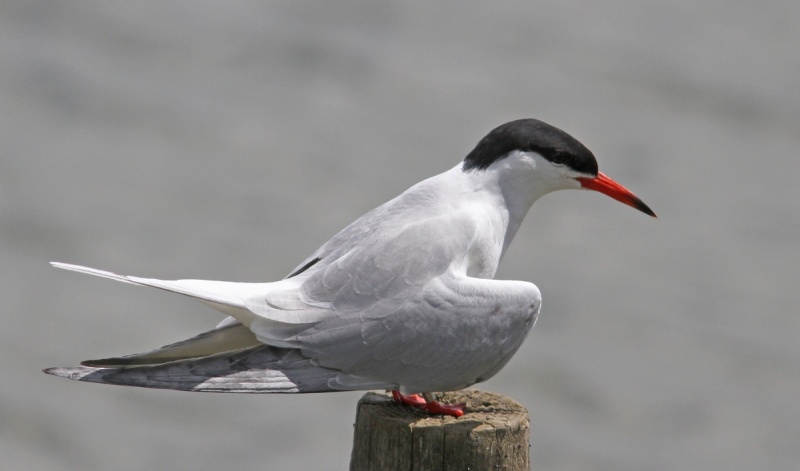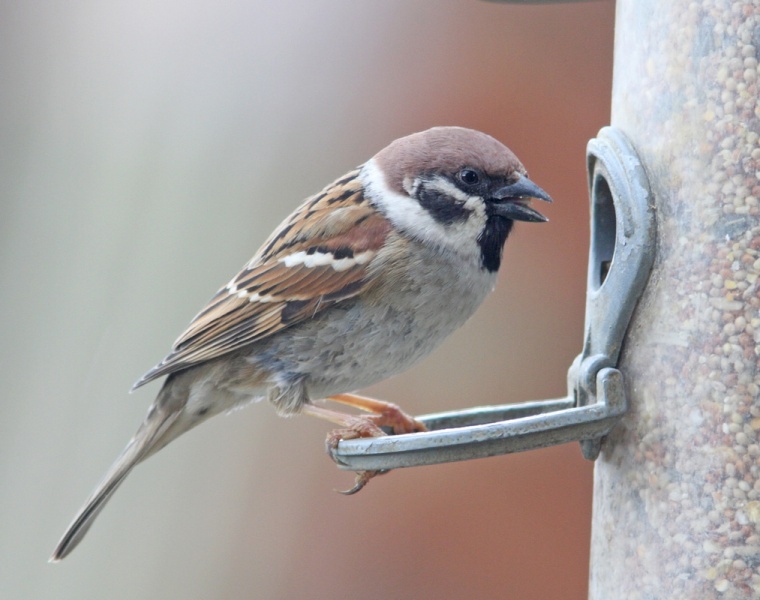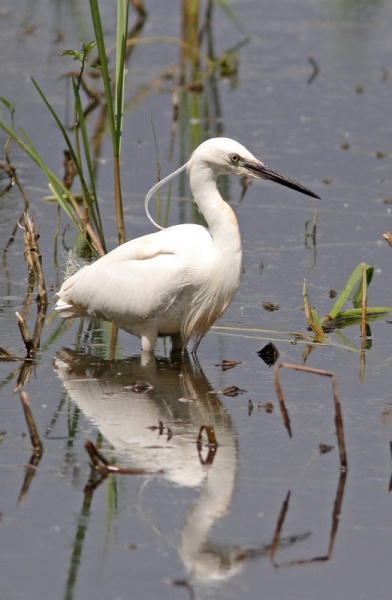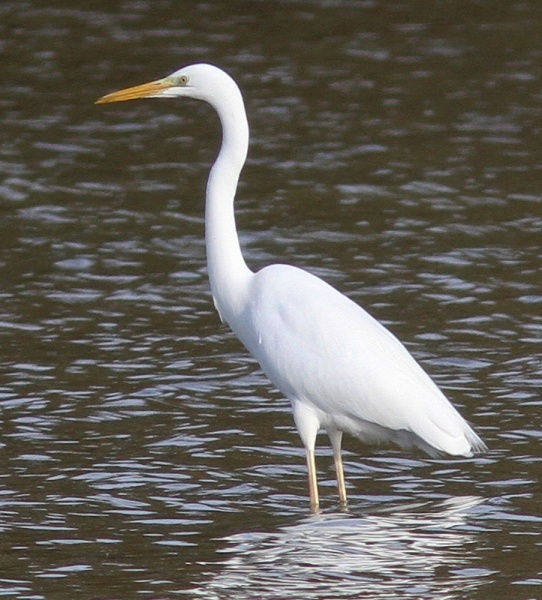Lunch and Satellite Groups Joint Evening Meeting
Mon, Jul 30th 2018 at 6:30 pm - 9:00 pm
Picnic at Pitsford Reservoir for all Club members and partners
Pitsford Reservoir Picnic
We had a great evening of friendship and fellowship,
overlooking the setting sun at Pitsford Reservoir, enjoying good food,
with an informative talk by Sarah Gibbs, Senior Reserves Officer (Pitsford Water).
Our summer picnic included contributions from many members and was a super spread with something for everyone. Thankyou everyone for supporting our Social evening. It was great to see the setting up of tables and encampments of friends and the picnic baskets full of goodies
Here is some information from Sarah, about some of the inhabitants of the reservoir.
Pitsford Water - Highlight on 4 species
1 Terns
 Due to graceful arching flight supposedly has the nickname of the Sea-swallow - Never heard of this, but I like it. They
are beautiful birds and one of the only bird species that we have
actually created the reason that it can breed at Pitsford. This is with
the creation of floating rafts which act as a island free from land
predators and a place that will not flood with the fluctuating water
levels which Pitsford is subjected to.
Due to graceful arching flight supposedly has the nickname of the Sea-swallow - Never heard of this, but I like it. They
are beautiful birds and one of the only bird species that we have
actually created the reason that it can breed at Pitsford. This is with
the creation of floating rafts which act as a island free from land
predators and a place that will not flood with the fluctuating water
levels which Pitsford is subjected to.
Started with 2 rafts in 2000 which resulted in 2 nests and 4 young ringed. 2 years later and there were 13 nests and 20 young ringed. More rafts have been added to a total of 6 today. One I believe was built with help from the Rotarians. This year 3 rafts were replaced due to becoming dilapidated. The latest one to go in this season only took 2 days for the terns to occupy it and when it was being towed out it was actually being followed by a number of terns who had their eye on it as a possible new property.
Our monitoring chart shows the rise in numbers but also a fall when predation seemed to be a problem. Unsure what - possibly larger gulls of bird of prey. Tern are long lived birds so a few bad years is not catastrophic for the species . Average 12 years and know to live for 35 years. Numbers are back up this years with 81 young recorded.
2 Killer shrimp
Each year an annual report is produced at Pitsford detailing all our management work and also the large amount of wildlife surveying which happens around the site. Often the front cover will be chosen as it may have been the sites rarest bird to visit or maybe a new species that has been discovered that year or landscape shot showing for example drought conditions which may have been experienced.
Here is the front cover from 2016. This is a photo of a grey wagtail. You would think it would be a yellow wagtail but actually the yellow wagtail is even more bright yellow! However the reason for this picture was the specimen in its mouth. 2016 was the year in which the Killer shrimp - Dikerogammarus villosus was confirmed to be in the reservoir. As the name suggests this shrimp is a highly aggressive and voracious predator. It is a non-native species and the environmental impact could be terrible. We have concerns that numbers of our native shrimp as well as damselfly, dragonfly and other water invertebrates and related water life will be decimated.
This year we have seen many young damselflies around the site so we are hopeful that species will continue to survive. This does however make the case for us to build more ponds and scrapes that are not connected to the main water body of the reservoir and so should be without the shrimp. A couple of such ponds were created in 2015 and hopefully more will be funded in the future.
3 Tree sparrows
Many of you will know the house sparrow. I currently have many in my back garden endlessly chirping away and dust bathing in my soil. To help show the difference I have the following two pictures to show you. This is just a bit of fun taken from an artist that I am a fan of called Matt Sewell. He manages to make them very simplified and sweet whilst still be relatively accurate and catching their essential characters. He also writes. -House sparrow - There is something quintessentially British about the House Sparrow. As British as chip butties and bramble picking, looking like an old RAF squadron leader in a flat cap and tweed.
 Tree
sparrow - Easily mistaken for his outgoing cousin the House Sparrow,
but once you have noticed the difference you will never confuse them
again. This country gentleman matches a chestnut-brown flat cap with his
tweeds and prefers to congregate with his cohorts in woodland farmland
and gardens rather than the carparks and high streets preferred by the
House Sparrow.
Tree
sparrow - Easily mistaken for his outgoing cousin the House Sparrow,
but once you have noticed the difference you will never confuse them
again. This country gentleman matches a chestnut-brown flat cap with his
tweeds and prefers to congregate with his cohorts in woodland farmland
and gardens rather than the carparks and high streets preferred by the
House Sparrow.
The tree sparrow is considered a red listed species in the UK meaning they are of the highest conservation priority. It is thought much of their decline is due to the lack of insects that are essential for its young. They also like to breed in colonies and old barns were once a favourite for this. More and more barns are falling down or being converted into homes.
Grouping nest boxes together in old trees can also provide a nesting opportunity. We are lucky to still have our tree sparrows at Pitsford with our winter feeding programme helping the adults to get through tough winters. This also benefits other small birds such as yellow hammers.
4 Little Egret - Little Egret, Great White egret and herons
The
little egret is a small white heron with attractive white plumes on
crest, back and chest, black legs and  bill and yellow feet. It first
appeared in the UK in significant numbers in 1989 and first bred in
Dorset in 1996. Its colonization followed naturally from a range
expansion into western and northern France in previous decades.
bill and yellow feet. It first
appeared in the UK in significant numbers in 1989 and first bred in
Dorset in 1996. Its colonization followed naturally from a range
expansion into western and northern France in previous decades.
The birds are now quite widespread and 25 were counted at Pitsford on a survey last year. Now we also have the Great White egrets with a maximum of 5 seen in 2016, and we are becoming quite blasé about them in the winter.
 As the name
suggests, the great white egret is a larger bird than the little egret.
It looks much like a white heron. Other identification features to look
out for include black feet (not yellow), yellow beak (in juvenile and
non-breeding plumage) and a different fishing technique, more like that
of the grey heron.
As the name
suggests, the great white egret is a larger bird than the little egret.
It looks much like a white heron. Other identification features to look
out for include black feet (not yellow), yellow beak (in juvenile and
non-breeding plumage) and a different fishing technique, more like that
of the grey heron.
But the ideal news would be breeding pairs here in the summer. We have long standing records of counting the heronry that we have here at Pitsford. Traditionally this was done by Mischa walking under the known area looking up and trying to count the areas of whitewash. For those who haven’t guessed this refers to the white stains caused from at least one end of a young heron!
This data is kept for our records and sent to the BTO - British Trust for Ornithology. It’s sometimes quite hard to spot the white wash and there is a certain aspect of disturbance which we never wish to happen. Mischa approached a trained drone pilot that works for the wildlife trust and permission was granted by Natural England to trail the counting of the nest. The results are quite beautiful, and also successful with three more nests identified, compared with a person walking below. This is now used by the wildlife trust to monitor the Pitsford heronry and a number of other sites within the county.
It was hoped that we may get confirmation of breeding little egrets, as they would probably nest alongside the herons. None have yet been found at Pitsford but the Wildlife Trusts site - the Nene Wetlands has had its first breeding pair confirmed this year.
'What We Do' Main Pages:
Newsletter Library 2023
moreThe Satellite Group is for Club members who would rather meet in the evening, instead of at lunchtime. Their activities include a full range of Rotary activities. Some of these are shown below
moreWe have been twinned with two other International Clubs for many years and enjoy regular visits to each others countries.
moreHelping people round the world through International Service. Examples of previous projects are shown on the right. Just click on the picture for more information.
moreHow we raise funds to support local organisations and charities
moreProjects for which the Club has obtained a Grant from Rotary Foundation Funding
moreProviding support to people locally
moreOffering Opportunities for Young People
moreClub History
moreAll Northampton Rotary Events
moreBuy on line and support our Rotary charities
moreThe Rotary Club of Northampton welcomes members of our community who cannot spare the time or the resources to be full members, but would like to help with certain events.
more









